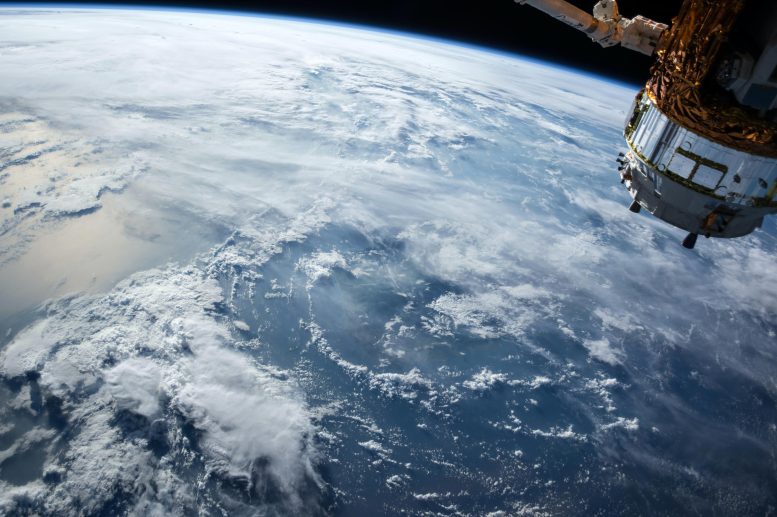
NASA Administrator Bill Nelson inaugurated a new Earth Information Center at NASA Headquarters in Washington, which will serve both as a physical and virtual space for demonstrating how NASA’s extensive data can enhance lives by addressing disasters, environmental issues, and changes in our world. The center provides insights from NASA’s 60-year-long Earth-monitoring initiatives about diverse topics such as sea level rise, air quality, wildfires, greenhouse gases, energy, and agriculture. Credit: NASA
NASA unveiled a new Earth Information Center at its headquarters, providing both a physical exhibit and a virtual platform that demonstrate how NASA’s data can be used to address climate change, environmental challenges, and disaster management. Drawing on six decades of Earth-monitoring data, the center will serve a wide array of users from firefighters to farmers, home buyers to land-use planners, helping them make informed decisions.
NASA Administrator Bill Nelson led a ribbon-cutting ceremony Wednesday to showcase a new Earth Information Center at NASA Headquarters in Washington. The center is part physical space and part virtual experience, which shows how NASA data can improve lives in the face of disasters, environmental challenges, and our changing world.
The agency also launched its corresponding Earth Information Center website as part of the event. The ribbon cutting ceremony comes ahead of a public opening of the center on Monday, June 26.
Understanding the Earth gives us the means to better protect it. Join NASA, as we monitor, study, and observe our planet 24 hours a day, 7 days a week, 365 days a year— to learn more and to protect and improve life on Earth. Credit: NASA’s Goddard Space Flight Center
Climate change is a key priority of the Biden-Harris Administration, and NASA plays a critical role in providing data to researchers and others through its extensive Earth-monitoring constellation of satellites. For six decades, NASA satellites, sensors, and scientists have collected observations about our home planet – and at the Earth Information Center, the public can glimpse what this data has taught us about sea level rise, air quality, wildfires, greenhouse gases, energy, and agriculture.
“For more than 60 years, NASA has used our vantage point of space to observe Earth with satellites and instruments aboard the International Space Station to collect vital, life-saving data,” said NASA Administrator Bill Nelson. “To meet the Biden-Harris Administration’s goal of making this data more understandable, accessible, and usable for everyone, NASA is opening the Earth Information Center. From firefighters that rely on NASA data for wildfire management to farmers who need to know when and where to plant crops, the Earth Information Center will help more people make informed decisions every day.”
Whether they live in cities, suburban areas, or on farms, people around the nation can access information to understand our dynamic planet and prepare for impacts of climate change. NASA collects and shares data that can help everyone from coastal including home buyers assessing flood risk; businesses on the Gulf of Mexico and the Great Lakes looking for information on harmful algal blooms; farmers requiring drought and storm information; and county land-use planners assessing wildfire management.

NASA Administrator Bill Nelson, center, cuts the ribbon to open NASA’s Earth Information Center alongside agency leadership and leadership from NOAA, USGS, USDA, USAID, EPA, and FEMA, Wednesday, June 21, 2023, at the Mary W. Jackson NASA Headquarters building in Washington. The Earth Information Center is new immersive experience that combines live data sets with cutting-edge data visualization and storytelling to allow visitors to see how our planet is changing. Credit: NASA/Joel Kowsky
“NASA data powers resources across the U.S. and around the world, helping communities prepare for a changing climate,” said Kate Calvin, NASA’s chief scientist and senior climate advisor, who emceed the ribbon cutting. “The Earth Information Center benefits humanity by providing easily accessible and readily usable Earth information – helping people see our home planet the way NASA sees it.”
Additional speakers at the event included:
- Karen St. Germain, director, NASA’s Earth Sciences Division
- Dave Applegate, director, USGS (U.S. Geological Survey)
- Janet McCabe, deputy administrator, EPA (Environmental Protection Agency)
- Erik Hooks, deputy administrator, FEMA (Federal Emergency Management Administration)
- Michael Morgan, assistant secretary of Commerce for Environmental Observation and Prediction, NOAA (National Oceanic and Atmospheric Administration)
- Mike Michener, deputy assistant administrator, Bureau of Resilience and Food Security, USAID (U.S. Agency for International Development)
- Marlen Eve, deputy administrator, Agriculture Research Service, USDA (U.S. Department of Agriculture)
- Dwane Roth, Big D Farms, Kansas
NASA created the Earth Information Center with founding partners FEMA, EPA, NOAA, USAID, USDA, and USGS. The Earth Information Center draws data from research conducted by NASA’s centers and government and industry partners.
The interactive physical exhibit is located in the east lobby of NASA Headquarters in Washington, where visitors are invited to see Earth as NASA astronauts see it from space. When it opens to the public on June 26, visitors can tour the exhibit from 8:30 a.m. EDT to 5:30 p.m. Monday through Friday.


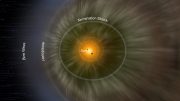

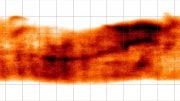

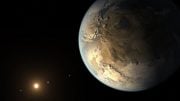
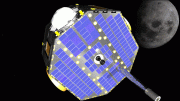

Be the first to comment on "NASA’s New Earth Information Center: Showcasing a 60-Year Journey in Earth Monitoring"